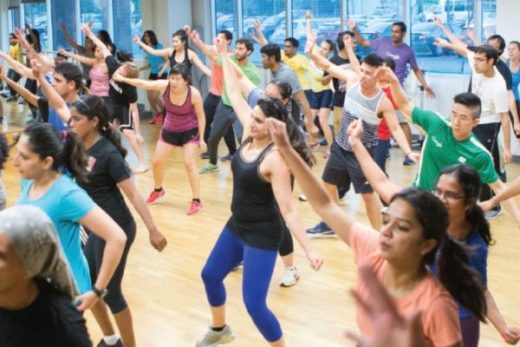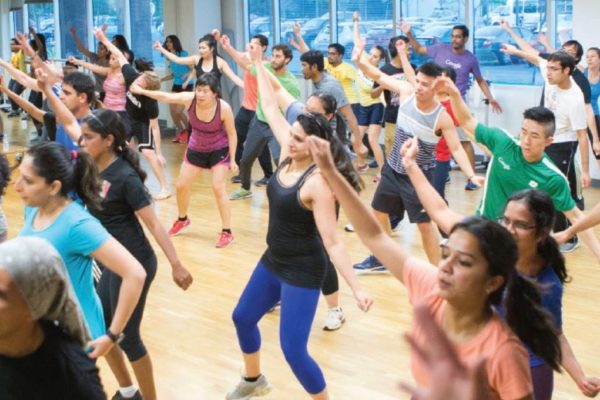EXOS and Intel bring sense to wearables data
EXOS and Intel bring sense to wearables data

Wearable devices and fitness programs share one thing in common: The problem of stamina.
It’s well established that while fitness programs and the wearing of fitness wearables are enthusiastically embraced, both receive a drop-off after three months or less. This is compounded by the fact that, so far, there’s been a proliferation of human performance data in the market, but a lack of understanding about what the data means and what to do with it.
EXOS is a human performance company that trains elite athletes, such as the likes of Russell Wilson, Andrew Luck, and German National Soccer team. They also conducted a study with the U.S. national soccer team that investigated the relationship between sleep and performance. The company helps prepare hundreds of college players for the NFL every year, and it built on this program by reaching a deal with the NFL Players Association to provide lifestyle services to current and former players that deal with health, wellness, and life after football. They also are heavily engaged in the development of corporate wellness programs across a range of Fortune 500 companies.
Their roots lie in understanding sports performance and human biomechanics through data – through groundbreaking scientific methodology.
With that in mind, they announced a partnership with Intel in March this year — the first of its kind — with the aims to:
- Track fitness data using Intel’s line of wearable products
- Provide actionable plans for consumers using the data and EXOS’ methodology
- Analyze corporate wellness environments to correlate wellness and productivity
EXOS is currently launching new education courses designed for fitness professionals, focusing on behavior upgrades and wearables data collection. This includes the first in a series of EXOS Presents courses, in collaboration with Intel, on wearables data. The initial course focuses on leveraging data to help facilitate recovery.
EXOS: Time to bring insight to data
I spoke to Craig Friedman, VP of Performance Innovation at EXOS, about the program. He explained that the explosion of wearables on the market meant that:
“What used to be available in a research lab is now available on your wrist. The challenge is that data interest wears off if you don’t bring insight and context to it. We need to work on how should we be thinking, categorizing and leveraging data to bring insight, context and individualized prescriptions”.
He also noted “the first step the industry hasn’t solved yet is creating a device nod giving the user a reason to use it for more than three weeks.”
Many sports wearable companies focus their products on those already interested in their physical fitness and quantified self whether elite athletes or keen amateurs. Friedman also explained that measuring performance can be relevant to all of us in different doses:
“We can measure the athlete with the world record in broad jump-an example of total body power- but if we can’t generate enough power to stand out of our chair unassisted we can’t step off the toilet so our physical performance has a very real consequence on our quality of life.”
Data is also used outside of fitness in many workplaces and homes and could include for example, “the number of bugs per line of code or for a parent the number of quality interactions with their child over a week.”
The use of workplace wearables and the ability to collect meaningful employee data has changed in purpose according to Friedman. I recall last year ago there was a lot of attention focused on BP’s distribution of Fitbit fitness trackers to employees and their spouses with activity points earning staff discounts on their health insurance premiums. Friedman stresses that there is a need to ensure that data focuses on a variety of activities in an ongoing way with a consideration of the individual beyond the quantified self, “Is a healthier employee more happy, do they have more energy, do they stay more engaged? Do they enjoy their job more?”
Whether such factors can truly be measured by wearable apps remains to be seen but there’s certainly plenty of people willing to try.
The post EXOS and Intel bring sense to wearables data appeared first on ReadWrite.
(21)



